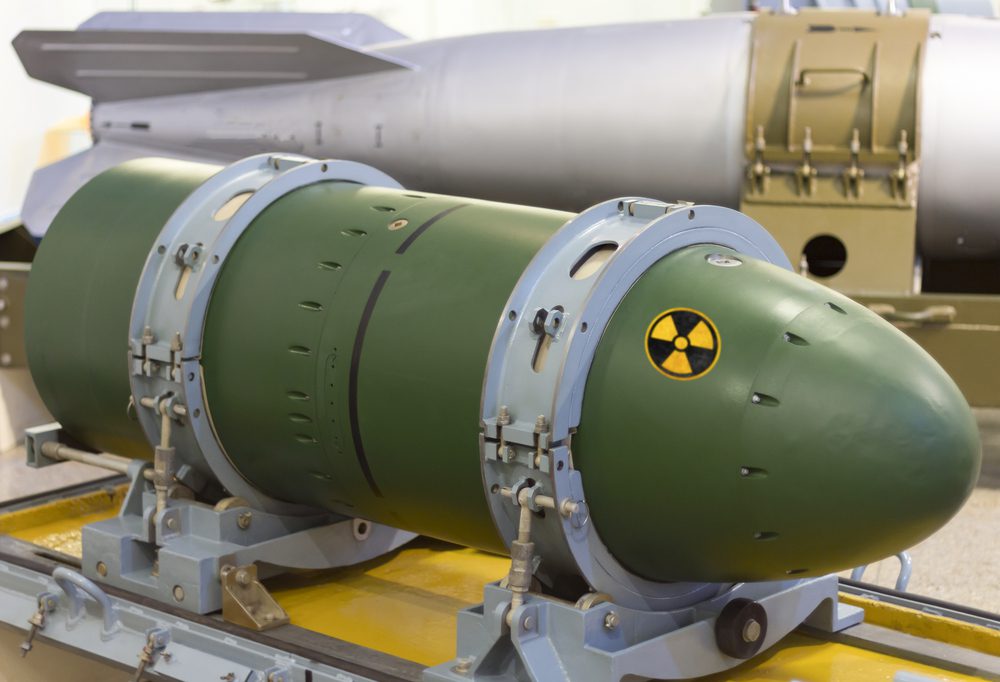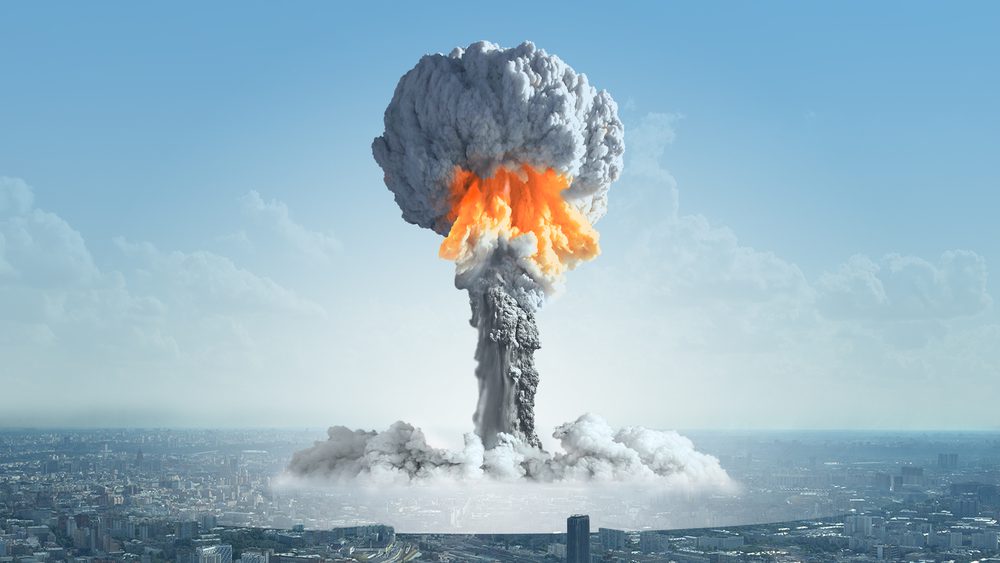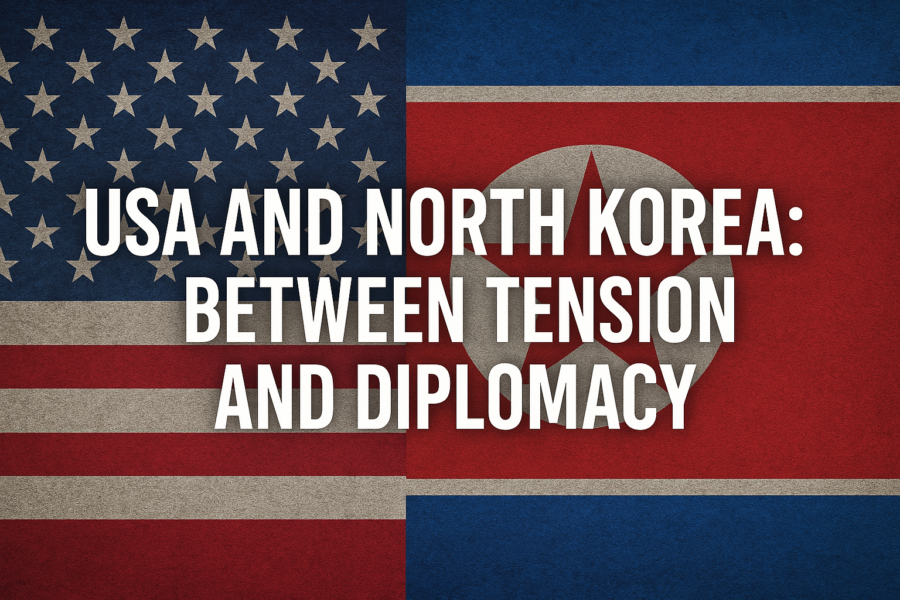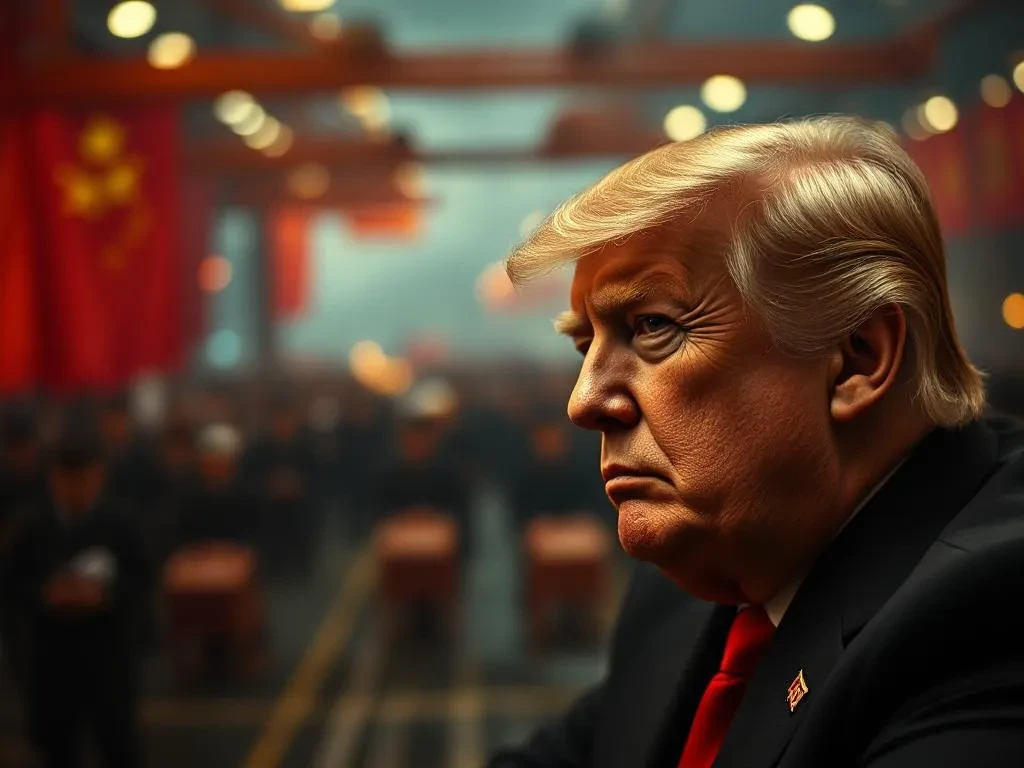With all the economic sanctions in the world that were intended to neutralize Russia’s military modernization efforts, Russia still managed to remain relevant in the 21st century. Naturally, its tactics were petty, given the fact that the country succeeded in its nuclear goals by fielding headline-grabbing exotic weapons, which also included massive nukes bigger than anything else America has ever seen.
Just to give you an example, we’re talking about nuclear weapons like the RS-28 Sarmat ICBM or the Status-6 Oceanic Multipurpose System submersible drone. With these two, Russia has the power to cause more damage to any of its targets nowadays than at any other point in the Cold War.
However, it doesn’t seem to matter anymore. Here are some of the most important things you need to know about the whole Russia-U.S. nuclear context:

There would be mutually assured destruction
As the fighting during the Cold War was basically split into smaller proxy conflicts, the Cold War overshadowed World War II in many ways. If the Nazis had won World War II, life, as it is, would’ve been so different. Imagine what a nuclear exchange in the Cold War could have done.
As the stakes are so high, it wasn’t that difficult for both world powers to convince their lawmakers and taxpayers to invest in weapon development. As you can imagine, it resulted in dozens of nuclear stockpiles, so diverse and each one of them capable of so much chaos and terror, that both countries agreed it would end in mutual destruction.
Well, they called it “mutually assured destruction,”, and the concept was crafted in 1962 by Donald Brennan, a well-known strategist working at Herman Kahn’s Hudson Institute. The Soviet Union was the first to test its weapons in August 1949.
Because of this, tensions between the WW II allies became increasingly pressing, which prompted renewed interest in funding American weapons of mass destruction. And guess what? The more dollars poured into defense programs, the more the Soviets poured in return as well.
It resulted in a cycle of nuclear weapon production and development that peaked in the 1980s when the two superpowers’ combined stockpiles of nuclear weapons exceeded 60,000.
Of course, this race extended way beyond nuclear weapons. Each nation needed to have distributed means of delivering all those weapons to their targets, so there wasn’t any nuclear first strike capable of fully eliminating a nation’s capacity to respond in any way.
That’s why the United States started distributing nuclear weapon capabilities. Nowadays, this distribution is commonly known as the nuclear triad. As nuclear weapons of different sizes emerged as part of a bigger scheme, the backbone of our country’s nuclear triad fully emerged as a combination of land-based ICBMs, aircraft-based bombs, and submarine-based missiles.
The Soviets rapidly prepared their own triad, which, of course, matched America’s capacity to respond to any nuclear attack.

How do Russia’s nuclear weapons compare to America’s?
Nowadays, the United States keeps somewhere around 5,800 nuclear weapons, out of which 3,800 are active. Well, within that stockpile, there are a minimum of 400 LGM-30 Minuteman III land-based intercontinental ballistic missiles.
Also, it’s worth noting that the Minuteman III has been active since 1970, with an operational range of over 6,000 miles and an accuracy of within 800 feet. All these missiles could easily carry between one and three nuclear warheads, each with a maximum explosive yield of 475 kilotons.
In other words, every single American ICBM can easily deliver about 95 times the destructive power of the atomic bomb dropped on Hiroshima. It sounds like a lot, right? Well, America’s dated Minuteman III missiles definitely pack a punch, but even if they carry three of the most powerful warheads, all these missiles are still dwarfed by Russia’s strongest ICBM coming into service this year: the RS-28 Sarmat.
The RS-28, which is commonly known as “Satan”, has been a work in progress since 2014. It was famously remembered as being extremely capable of wiping out a huge chunk of the earth. The missile has an impressive range of 6,385 miles and also carries a warhead with multiple independent reentry vehicles (MIRVs), with a destructive yield of 50 megatons.
To be more specific, the RS-28 Sarmat has a destructive yield that’s 35 times the size of a Minuteman III. America’s strongest nuclear bomb in service, the B83, boasts a 1.2 megaton yield, and even the strongest nuclear weapon in American history, the 9-megaton B53, has 1/5 less yield than the mighty Sarmat.

The Status-6 Oceanic Multipurpose System
Given that this destructive weapon was something of an urban legend for quite some time, the Status-6 Oceanic Multipurpose System received plenty of titles in Western analysis and headlines. There have been circulating rumors about Status-6 for many years, mostly mentioned in vague mentions in Russian news reports.
However, its existence was officially confirmed in the last couple of years in a leaked image of Pentagon intelligence information and then through various official announcements from the Kremlin. In comparison to all the other submarine-launched nuclear missiles that both Russia and the United States kept as part of their nuclear triads, Status-6 (also referred to as “Poseidon”) is actually a submersible drone.
Once it was deployed by a Russian Navy submarine, the drone could easily travel by itself toward its target, covering over 5,400 miles at depths as low as 3,300 feet. Once the target is found, Status-6 simply waits for the command.
All in all, this submersible drone is an absolutely massive warhead. In fact, some might even say that it carries the same nuclear yield as RS-28, while others say it’s even double. As Russian officials have stated in the past, Status-6 is equipped with a 100-megaton weapon.
Do you still need to see some numbers? Let’s just say that it has twice the power of the biggest nuclear weapon that was ever tested. A detonation of such magnitude would not only ruin and irradiate a massive area, but it would also lead to a radioactive tsunami that would reach far further than the original blast.
I think we can fairly say that Status-6 is meant to serve as a doomsday weapon. No one would ever use it to win wars, but to end them.
Is there any strategic value to all the massive nuclear weapons?
America is currently engaged in an ongoing effort to modernize its own ICBM arsenal, which is expected to enter service a bit later this decade. Even if the weapon’s W87 Mod 0 thermonuclear warhead’s devastating capacity hasn’t been revealed yet, it’s a known fact that these new missiles won’t overthrow the firepower of Russia’s mighty Sarmat, let alone the almighty 100-megaton power of Status-6.
If it were to be analyzed with the same mindset that was carried throughout the Cold War, each superpower should focus on matching each other’s capacity to deter the conflict. In these circumstances, you might think that America’s defense infrastructure is a lousy failure.
I mean, how can you hope to deter a 100-megaton weapon if your proudest asset is a small part of your adversary’s biggest asset? Well, it seems that you don’t have to. The nuclear arsenal that these two countries are dealing with is so incredibly destructive that no one wants to get there.
If you’re interested in finding more insights on armed conflicts, here’s what I recommend reading: 9 Facts About The Pentagon Every American Should Know







